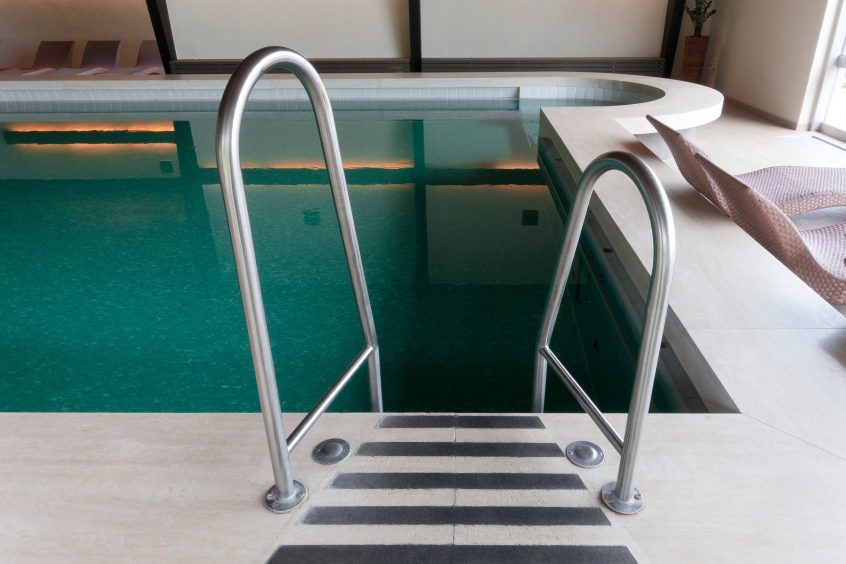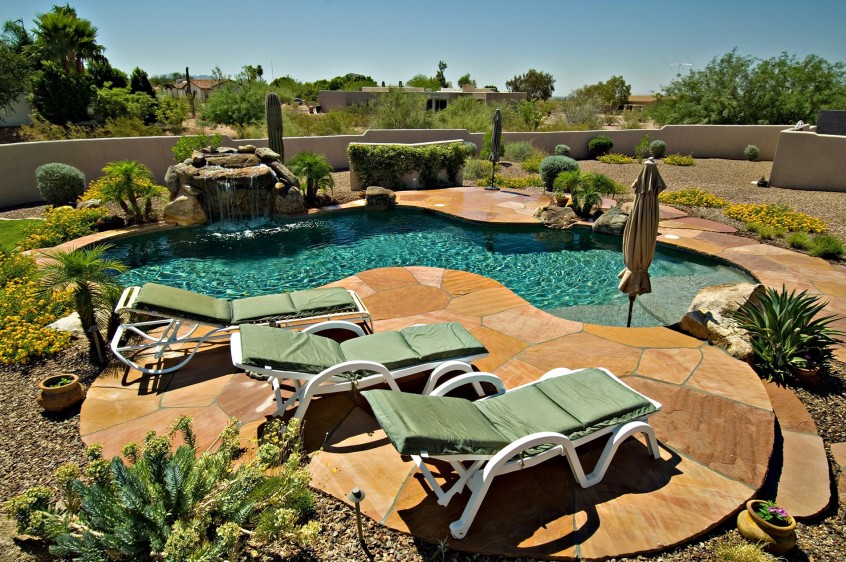Water has been under a lot of stress in modern times. Each year, the world generates roughly 36 trillion kilograms (400 billion tons) of waste, which, unfortunately, for many years ended up in the world’s rivers, streams, lakes, and oceans. According to the U.S. Geological Survey (USGS), 50 percent of groundwater supplies in North America are contaminated with pesticides. Water … Read More
A Biochemical Catalyst for Supplemental Pool and Spa Maintenance
Applying known technologies to everyday practical uses has become commonplace for consumer products, and enzymes are no exception. Probiotic yogurt, laundry detergent, and shampoos use enzymes because of their effectiveness and versatility. In fact, health store shelves sport enzyme products promising to work all sorts of miracles, including improved digestive systems, strengthening hair and giving it shine, and keeping oils … Read More
Busting Water Maintenance Myths
There are plenty of misconceptions about water chemistry and testing floating around. Aside from the one about a dye that will detect people peeing in the pool, which can be helpful if swimmers believe it, they all impede our ability to manage water quality. So let’s do some myth busting. Myth 1: Experienced pool/spa operators can tell if there are … Read More
How to Control Calcium Hardness
Maintaining appropriate levels of calcium hardness is a key balance factor in basic recreational water care. Typically, water in a vinyl-lined or fibreglass swimming pool should contain a calcium hardness level of 175 to 225 parts per million (ppm), while the recommended range for plaster-surfaced pools is a little higher at 200 to 275 ppm. In addition, the overall balance … Read More
Differentiating Stains and Determining Treatment
Staining is a problem many pool and spa owners will contend with at some point. It is a nuisance that detracts from a pool or spa’s overall aesthetic value and can contribute to surface deterioration. Staining can be prevented; however, the conditions, which ultimately cause it to happen must be recognized first. Once an operator understands the mechanisms causing surface … Read More
Understanding Water Treatment Technologies
All water treatment technologies involve a physical change to the water that they are processing. The nature of the change truly defines the technology. Subtractive treatment The most commonly understood and frequently used type of water treatment technology is subtractive; something is removed from water for health or aesthetic reasons. Contaminants are physically removed from the water using a physical separation or adsorptive process. Within the … Read More
Solving the Saltwater pH Problem
California Polytechnic State University’s National Pool Industry Research Center conducted a study examining the rise of pH levels in swimming pools sanitized with salt. Researchers tested pH levels every Monday, Wednesday and Friday over the course of several weeks. pH was adjusted to 7.4 after every Friday reading. Over the weekend, pH spiked from 7.4 to 8.0. The pH in … Read More






